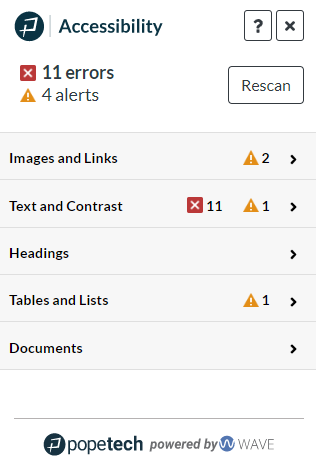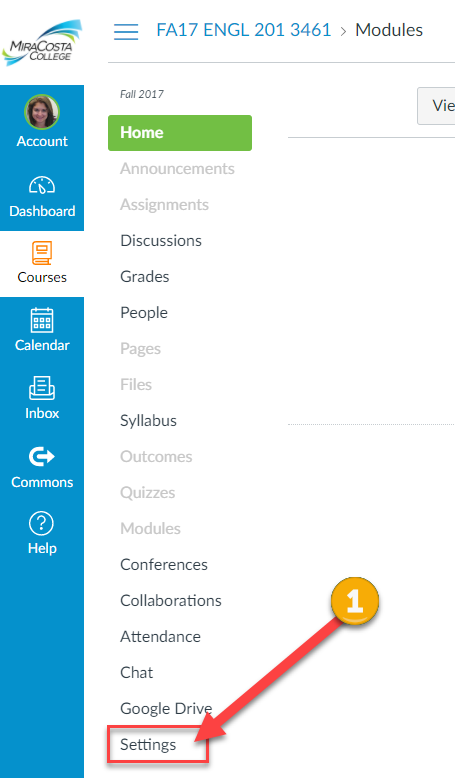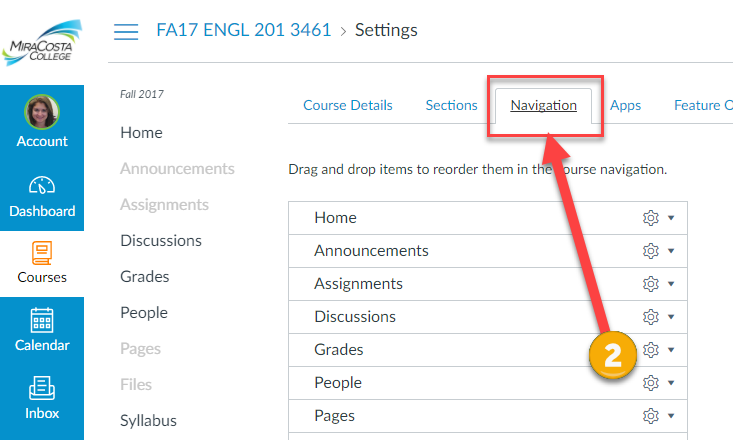Turnitin Canvas Plagiarism Framework
Turnitin Plagiarism Framework is available within Canvas and offers a tighter integration between a Canvas assignment and Turnitin than the Turnitin 1.3 LTI Canvas integration. No separate login or password is required for faculty or students.
The primary difference between the two tools is that the Turnitin LTI 1.3 integration is best used if faculty prefer to use Turnitin for grading and feedback; the Turnitin Plagiarism Framework is preferred by faculty who want Turnitin for plagiarism prevention but like to use the Canvas grading and feedback tools.
MiraCosta College has an unlimited license to Turnitin, GradeMark, and Peer Review.
Turnitin Canvas Plagiarism Framework
- Creating a Turnitin Canvas Plagiarisam Framework Assignment
- Canvas Plagiarism Framework Teacher Guide
- The Similarity Report
- ETS E-rater Grammar Check
- Duplicating an Assignment
Turnitin Plagiarism Framework Resources
Testing a Turnitin Assignment with your MCC Sample Student
Turnitin is an LTI tool that is globally installed on our Canvas system. LTI tools are not native to Canvas so they will not work in the internal Canvas Student View. You must log off of Canvas, as an instructor, then log on with your MCC Sample Student account. Now you will be able to experience a Turnitin assignment within your Canvas course as a student.






